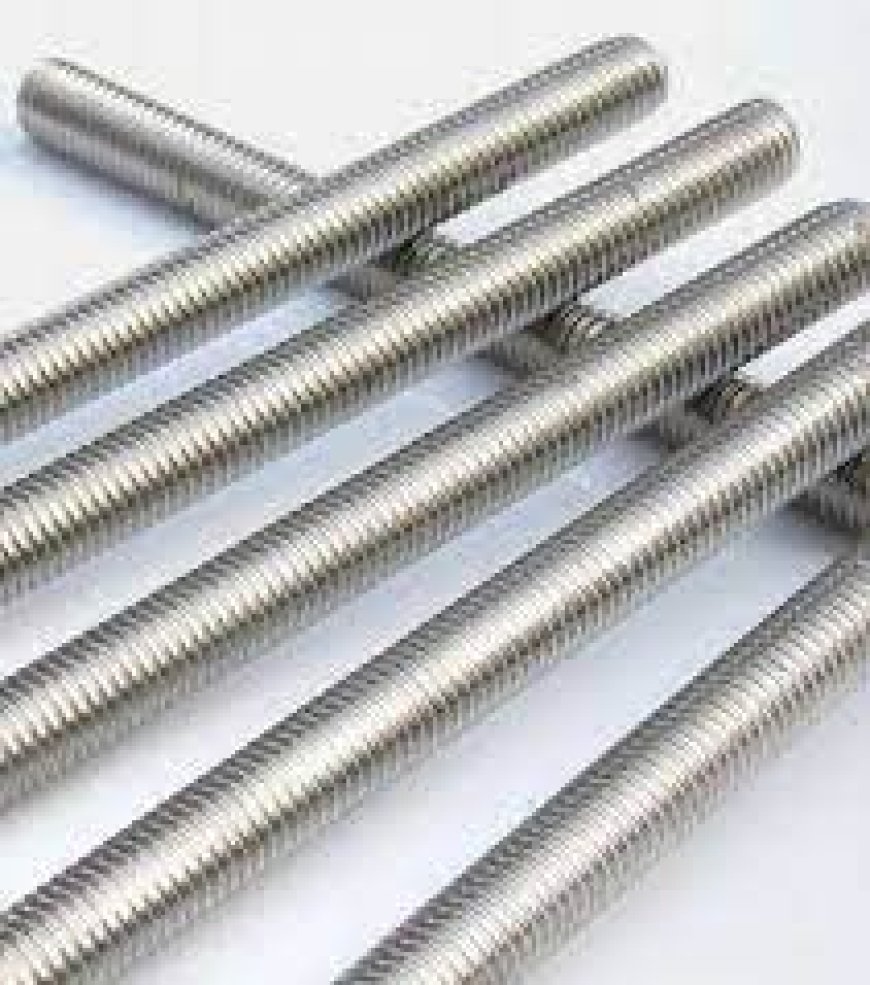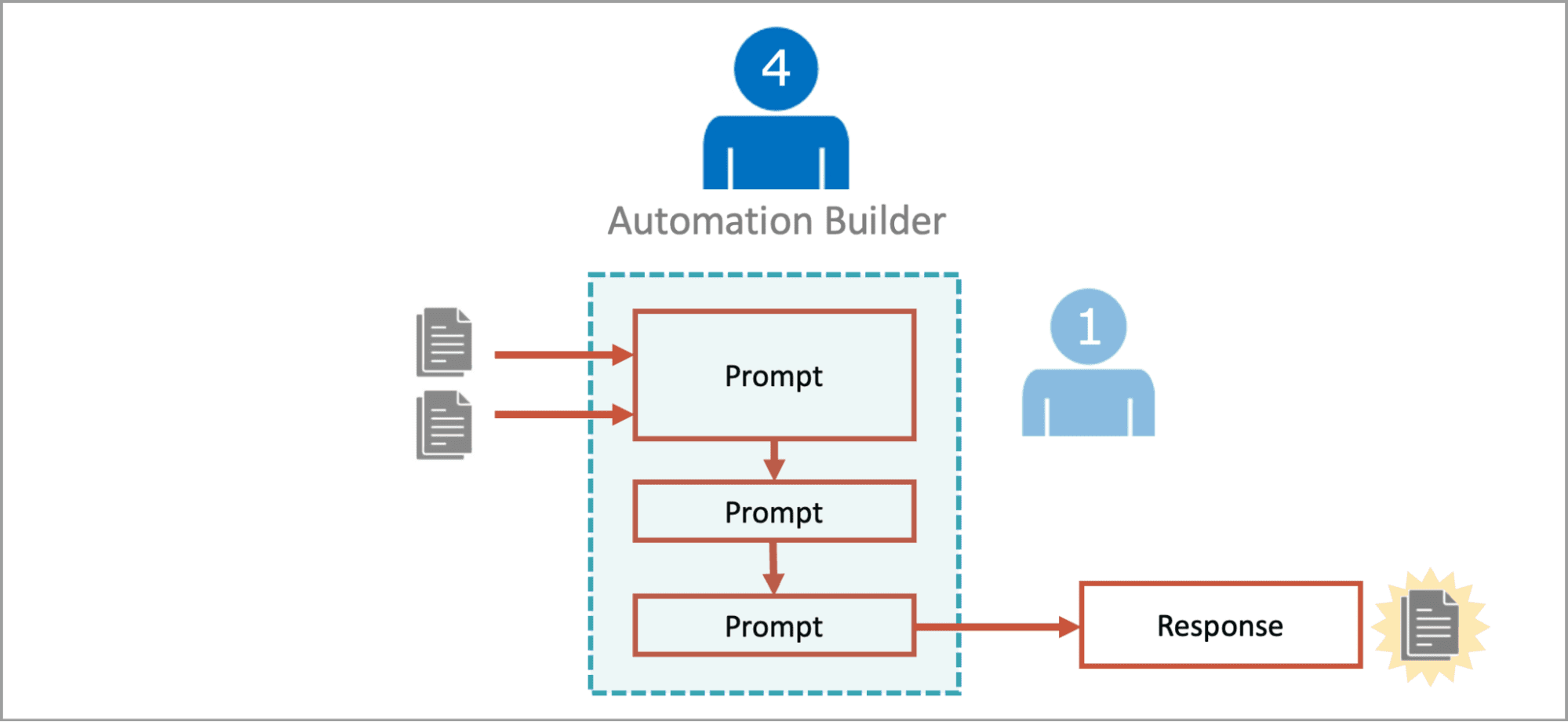The Backbone of Industry: Understanding Equipment and Machine Parts

In today’s industrial world, machinery plays an essential role in manufacturing, construction, transportation, and countless other sectors. Behind every powerful machine is a combination of carefully engineered components, each designed to withstand stress, deliver precision, and ensure reliability. Understanding these machine parts helps businesses make informed decisions when upgrading equipment or replacing worn-out components.
Key Categories of Machine Parts
Machine parts can be broadly categorized into several groups, each serving a distinct function:
-
Structural components: These include frames, casings, and housings that provide shape and support to the machine, keeping everything aligned and protected.
-
Moving parts: Gears, shafts, bearings, and pistons transfer motion and force, ensuring the machine performs its tasks smoothly.
-
Fasteners and connectors: Bolts, screws, nuts, and rivets hold everything together, often made from high-strength materials for durability.
-
Control systems: Sensors, actuators, and controllers regulate the machine’s operation, ensuring safety and efficiency.
Importance of Material Selection
One critical factor in machine part performance is material selection. Different applications demand different materials, depending on the environment and stresses involved. For example, marine equipment may require corrosion-resistant alloys, while aerospace components need materials that can handle extreme temperatures and pressures.
Inconel 625 round bars are often used in high-performance applications because of their excellent corrosion resistance and strength at elevated temperatures, making them a preferred material in aerospace, chemical processing, and marine industries.
Maintaining and Replacing Machine Parts
Regular maintenance is crucial to extending the life of machines. This includes lubrication of moving parts, inspection for wear and tear, alignment checks, and timely replacement of damaged components. Using genuine or high-quality replacement parts ensures the machine continues to operate as designed, avoiding costly downtime and safety risks.
Conclusion
The world of machine parts is vast and constantly evolving, driven by innovations in materials, design, and manufacturing techniques. Whether you’re an engineer, operator, or buyer, understanding the key components and their roles can help you keep your equipment running smoothly and efficiently.





























































































































































